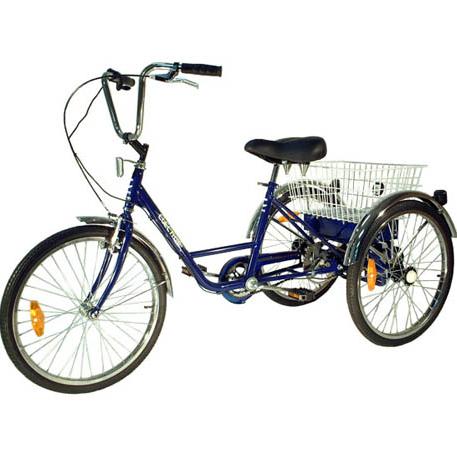Today I found two articles that define the pros and cons of Transition Communities. I would tend to call one selfish and foolish. I would call the other one “heads up”, but that is just me. I do not want to take up the space with both complete articles so I will post a taste of each.
PRO
http://peakoilmatters.com/2011/09/14/a-vision-for-the-post-peak-oil-future-pt-6/
In a harsher future we’re now in the process of consigning our children and grandchildren to, this is okay?
When so much power and prosperity is confined to so few, what then? As more and more is stripped away from more and more in order to protect the few, greater inequality will result, and a much larger percentage of those so far unaffected by that disparity will then fall into the have-nots, including our children and grandchildren—and perhaps many more of us.
Of course we ought to be legitimately worried about what massive debt will do for the prospects and opportunities of our children and grandchildren, but if we aren’t also doing all that we can right now to provide the programs and resources and opportunities and investments to innovate and grow starting now, they’ll be faced with the double whammy of the burdens of great debt and no viable means to address the problem! What a wonderful prospect … but thank God the wealthy will be okay!
“What is the crisis we face today? We have an economy scarred by mass unemployment, falling wages, and growing insecurity. In the downturn, a staggering 40 percent of American households have been afflicted by unemployment, negative home equity (‘under water homes’ worth less than their mortgages), mortgage payment arrears, or foreclosure. In November 2008, one quarter of Americans aged 50-59 reported that they’d lost more than 35 percent of their retirement savings.
“The [wage] imbalances were obscene before the recession, with finance capturing 40 percent of corporate profits, the wealthiest 1 percent capturing half of the benefits of economic growth, the US running soaring trade deficits, even in high technology products, with China and the world. Our decaying infrastructure, broken health care system, declining educational performance in relation to the industrial world all preceded the fall….
“The right question we need to ask, I would argue, is what is the new strategy, the new foundation for an economy that offers hope for rebuilding America’s economic vitality in the competitive global market place? This requires a clear and bold strategy for revitalizing American manufacturing. It requires investments in areas vital to our future — in modern infrastructure, in education and training, in research and innovation. We need to capture a lead in the green industrial revolution that is sweeping the world. It requires new trade strategy, shackles on financial speculation, empowering workers to capture a fair share of the productivity and profits they help generate to help rebuild America’s middle class. We have to figure out how to afford this, financing what we can, changing priorities and raising revenues where needed. But this is a far different question than just how we get our books in order.” [3]
As Mr. Borosage noted at the conclusion of the passage just quoted: “It is hard to get the right answer when you ask the wrong question.”
CON
http://www.thedailybeast.com/newsweek/2011/06/12/bjorn-lomborg-explains-how-to-save-the-planet.html
A Roadmap for the Planet
Jun 12, 2011 10:00 AM EDT
How we live today is clearly unsustainable. Why history proves that is completely irrelevant.
From the 18th through the mid-19th century, whale oil provided light to much of the Western world. At its peak, whaling employed 70,000 people and was the United States’ fifth-largest industry. The U.S. stood as the world’s foremost whale slayer. Producing millions of gallons of oil each year, the industry was widely seen as unassailable, with advocates scoffing at would-be illumination substitutes like lard oil and camphene. Without whale oil, so the thinking went, the world would slide backward toward darkness.
By today’s standard, of course, slaughtering whales is considered barbaric.
Two hundred years ago there was no environmental movement to speak of. But one wonders if the whalers, finding that each year they needed to go farther afield from Nantucket Island to kill massive sea mammals, ever asked themselves: what will happen when we run out of whales?
Such questions today constitute the cornerstone of the ever-louder logic of sustainability.
Climate alarmists and campaigning environmentalists argue that the industrialized countries of the world have made sizable withdrawals on nature’s fixed allowance, and unless we change our ways, and soon, we are doomed to an abrupt end. Take the recent proclamation from the United Nations Environment Program, which argued that governments should dramatically cut back on the use of resources. The mantra has become commonplace: our current way of living is selfish and unsustainable. We are wrecking the world. We are gobbling up the last resources. We are cutting down the rainforest. We are polluting the water. We are polluting the air. We are killing plants and animals, destroying the ozone layer, burning the world through our addiction to fossil fuels, and leaving a devastated planet for future generations.
:}
More tomorrow.
:}


























